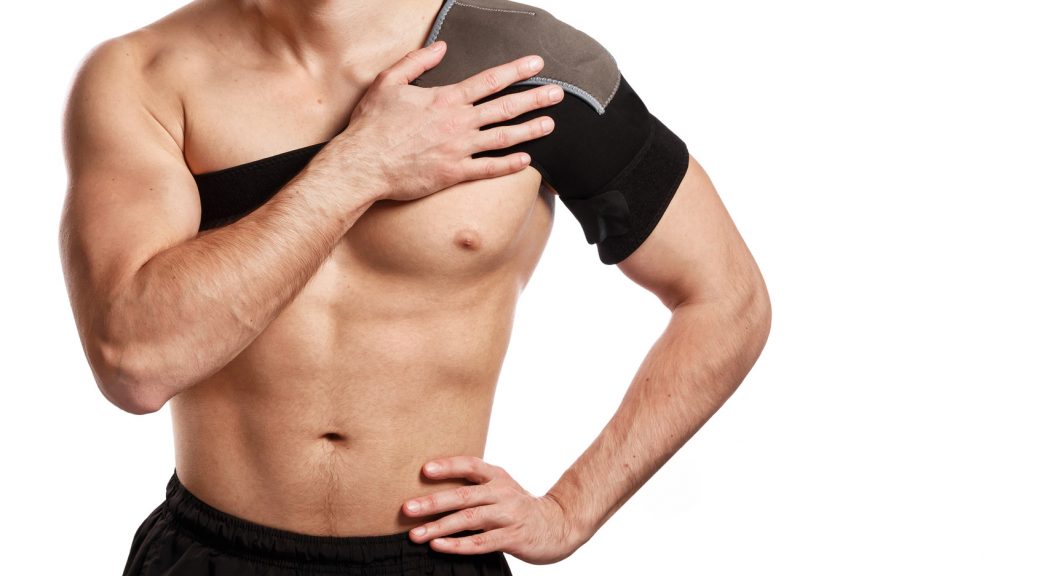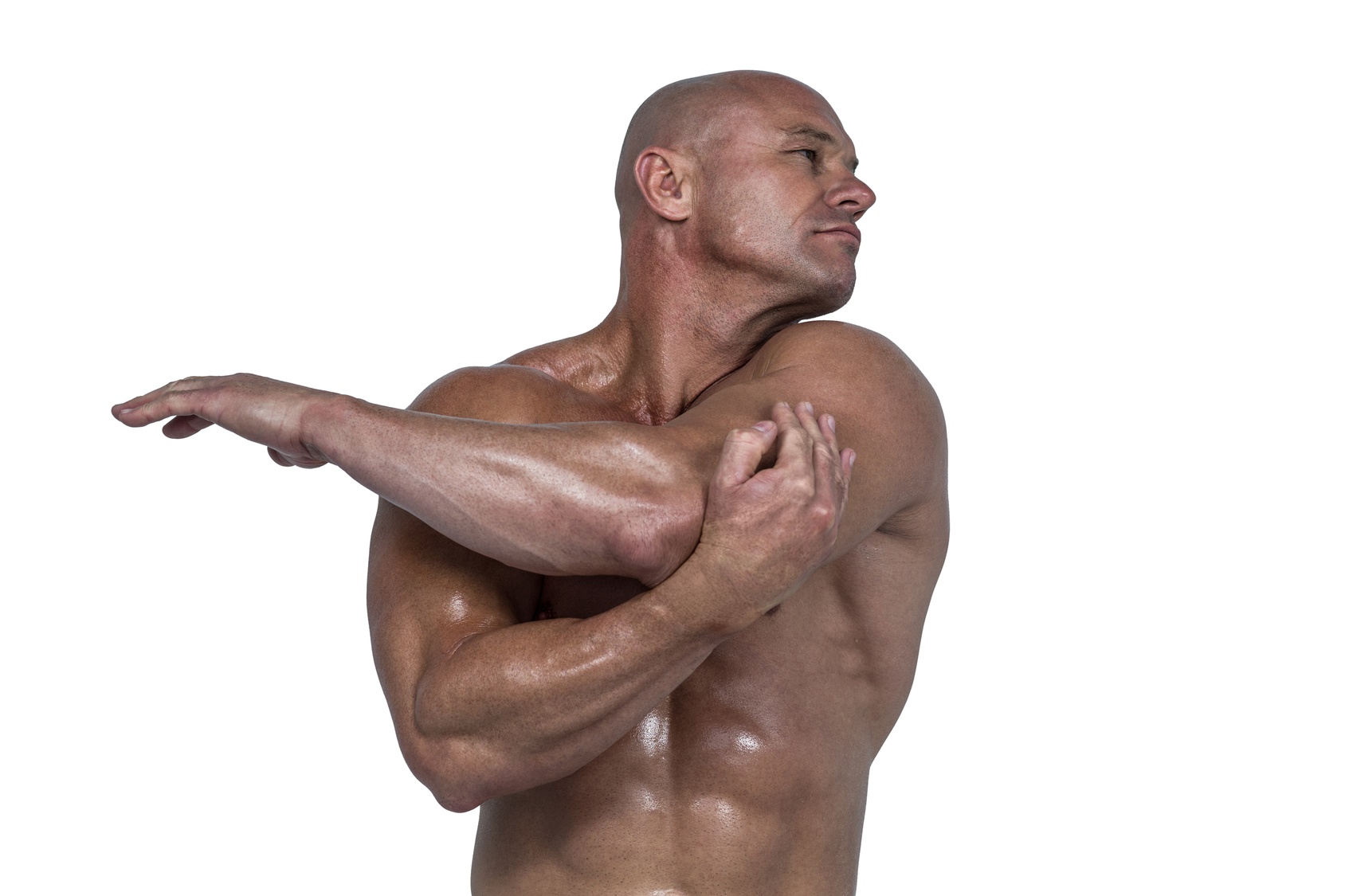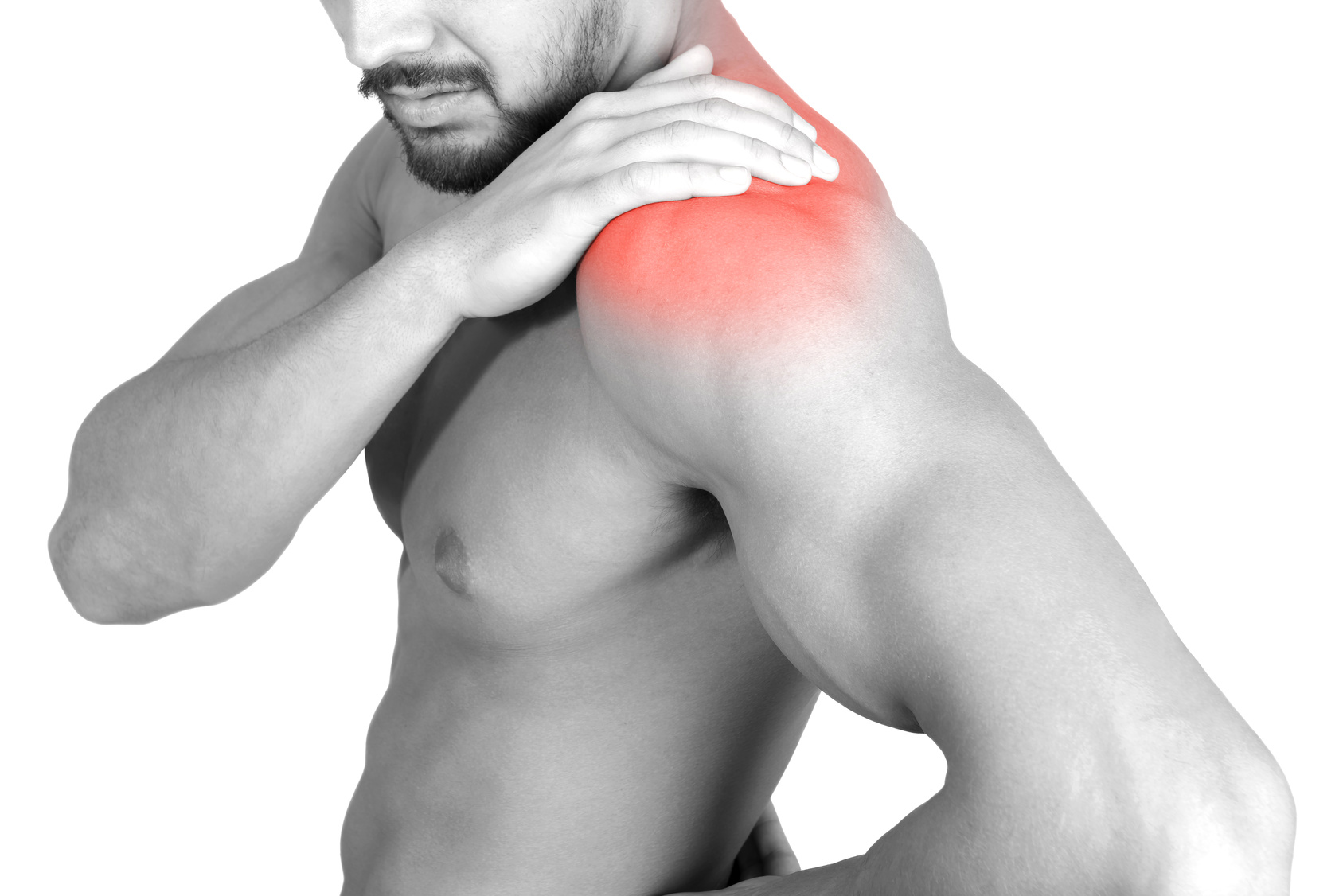As you are probably aware, injuries to the rotator cuff are fairly common to athletes and bodybuilders. The shoulder is actually a complex series of joints that can be difficult for the average Joe to understand. As a result, many rotator cuff injuries are self-diagnosed and are likely to be something else entirely.
In the event a legitimate rotator cuff injury rears its ugly head, staying informed on how to deal with it is absolutely critical to proper healing.
First, let me describe what the rotator cuff is, which may be confusing all by itself. The rotator cuff is four muscles in the shoulder that are responsible for some of the shoulder’s motion. A lot of that motion involves the rotation of the humerus, the long bone in the arm, which is why the group of muscles is referred to as rotators. Another major role these muscles play is the stabilization of the shoulder, which is a series of joints that requires muscular stabilization to allow for greater range of motion.
When one of the muscles, or the tendons that connect the muscles to the bones, becomes torn, either partially or completely, you have a rotator cuff injury.
In one study of athletes, the research indicated that only 10% of partial tears heal completely, and another 10% heal partially. 53% of tears will actually worsen and 28% will progress into full tears, which do not heal on their own. In some cases these tears can cause long term changes to the joint itself.
The acute phase of rotator cuff treatment occurs immediately after the injury occurs and will continue until pain free range of motion (below shoulder height) has been achieved and normal daily activites are relatively pain free.
Apply cold therapy and compression wrap to the shoulder. This will help reduce pain and inflammation. Apply ice for up to 15 minutes every 2 hours, gradually reducing the frequency of applications as the shoulder improves. Posture is important and sitting upright with the shoulders back, especially when sitting at a desk or using a computer can help relieve symptoms. Also, it’s not a bad idea to add a natural supplement for joint aches and pain, like Synotrex.
A doctor may prescribe NSAID’s or anti-inflammatory medication (e.g. ibuprofen) may help in the early stages although it is argued they are not as effective later on or if the injury becomes chronic. Always check with your Doctor before taking medication if you are not sure. Electrotherapy, such as ultrasound, may be beneficial to reduce pain and inflammation.
RECOVERY PHASE
The recovery phase begins when the initial pain and inflammation has dissipated, most normal daily activities are pain free and the injured arm has at least 75% range of movement compared to the uninjured one.
Aims:
- Regain full, pain free range of motion
- Normal upper body strength
- Normal shoulder joint movement patterns
Range of Motion
This is achieved by wand or pole exercises which help with flexibility above shoulder height, progressing onto stretching and mobility exercises without assistance from a pole. Scapular control is progressed with balance board exercises on your hands, press up type exercises and ball catch and return exercises.
Strengthening
Exercises to isolate the rotator cuff muscles can begin including strengthening exercises which concentrate more specifically on the external rotator muscles (the ones that rotate the arm out) and the scapular stabilizers (muscles that support the shoulder blade). It is also important to strengthen the whole joint with weight training exercises such as the bench press, shoulder press (military press) and pull downs – but with very light weights. For example, aiming for 12 to 20 reps of a light weight concentrating on correct technique.
FUNCTIONAL PHASE
During the functional phase exercises which are more sports specific are introduced in preparation for returning to full training and competition.
Aims:
- To increase power and endurance in the upper body muscles
- Improve strength of the shoulder joint in all directions
- Introduce sports specific shoulder exercises
Increasing Power
This is done through more plyometric or explosive type exercises and may depend on your particular sport. Sports specific exercises using exercise bands and throwing and catching type exercises with mini medicine balls can be done.





